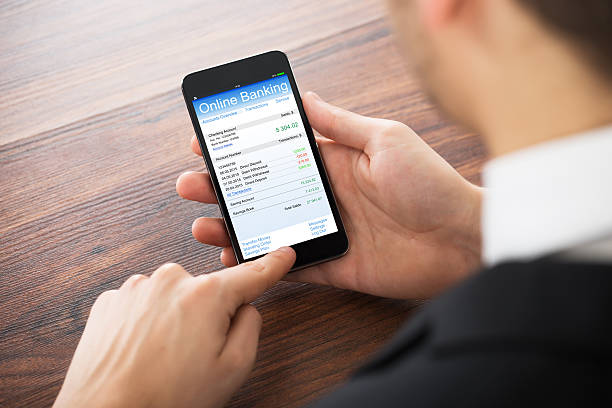SWIFT/BIC Code - The Society for Worldwide Interbank Financial Telecommunication (SWIFT) code, also known as the Bank Identifier Code (BIC), is an alphanumeric code assigned to financial institutions worldwide. It serves as a unique identifier for banks and ensures that funds are routed accurately during international money transfers.
Why Validating SWIFT/BIC Codes Is Important
Validating a SWIFT/BIC code is crucial for several reasons:
Transaction Accuracy: Ensuring the accuracy of the SWIFT/BIC code guarantees that your funds reach the intended recipient or financial institution.
Security: Verifying the code helps protect against potential errors or fraud during international transactions.
Timeliness: Using a valid SWIFT/BIC code reduces the risk of delays in processing your payments.
Cost-Effective: By preventing errors, you avoid additional fees that may be incurred due to incorrect transactions.
Steps to Validate a SWIFT/BIC Code
Check the Length: SWIFT/BIC codes are typically 8 to 11 characters long. Ensure that the code you have matches this length.
Use Official Sources: The most reliable source for SWIFT/BIC codes is the official website of the bank or financial institution involved. Visit the bank's website or contact their customer support to obtain the code.
Cross-Check with SWIFT's Online Directory: SWIFT provides an online directory called 'SWIFTRef' that contains accurate SWIFT/BIC code information. You can use this directory to verify a code's validity.
Double-Check Characters: SWIFT/BIC codes consist of a combination of letters and numbers. Ensure that all characters are correctly entered, and there are no typographical errors.
Confirm the Bank's Name: Validate that the bank or financial institution's name associated with the SWIFT/BIC code matches the information provided by the recipient.
Use SWIFT/BIC Validation Services: Several online tools and services are available for validating SWIFT/BIC codes. These services can quickly verify the code's authenticity.
Check the Format: Ensure that the SWIFT/BIC code follows the standard format. The first four characters represent the bank, the next two represent the country, and additional characters may indicate location or branch.
Use a Bank Identifier: Many banks also provide a bank identifier or routing number. Cross-referencing this number with the SWIFT/BIC code can help validate the information.
Consider Online Banking: If you're conducting international transactions through online banking, the system often verifies the SWIFT/BIC code for you when you enter the recipient's details. Pay attention to any error messages or warnings.
Conclusion
Validating a SWIFT/BIC code is a critical step in ensuring the accuracy, security, and timeliness of your international financial transactions. Errors in these codes can lead to complications and delays, impacting your financial activities. By following the steps outlined above and using reliable sources, you can confidently validate SWIFT/BIC codes and conduct your international transactions with peace of mind, knowing that your funds will reach their destination securely and efficiently.
Frequently asked questions (FAQs) about international bank routing codes




